A Resplendent Celebration: Music Divine brings Gibbons to life in Brighton's BREMF
There's something rather magical about experiencing four centuries of musical heritage vibrating through the bones of a lurking Brighton church, Gibbons 400 was a transcendent journey marking 400 years since Orlando Gibbons' death.
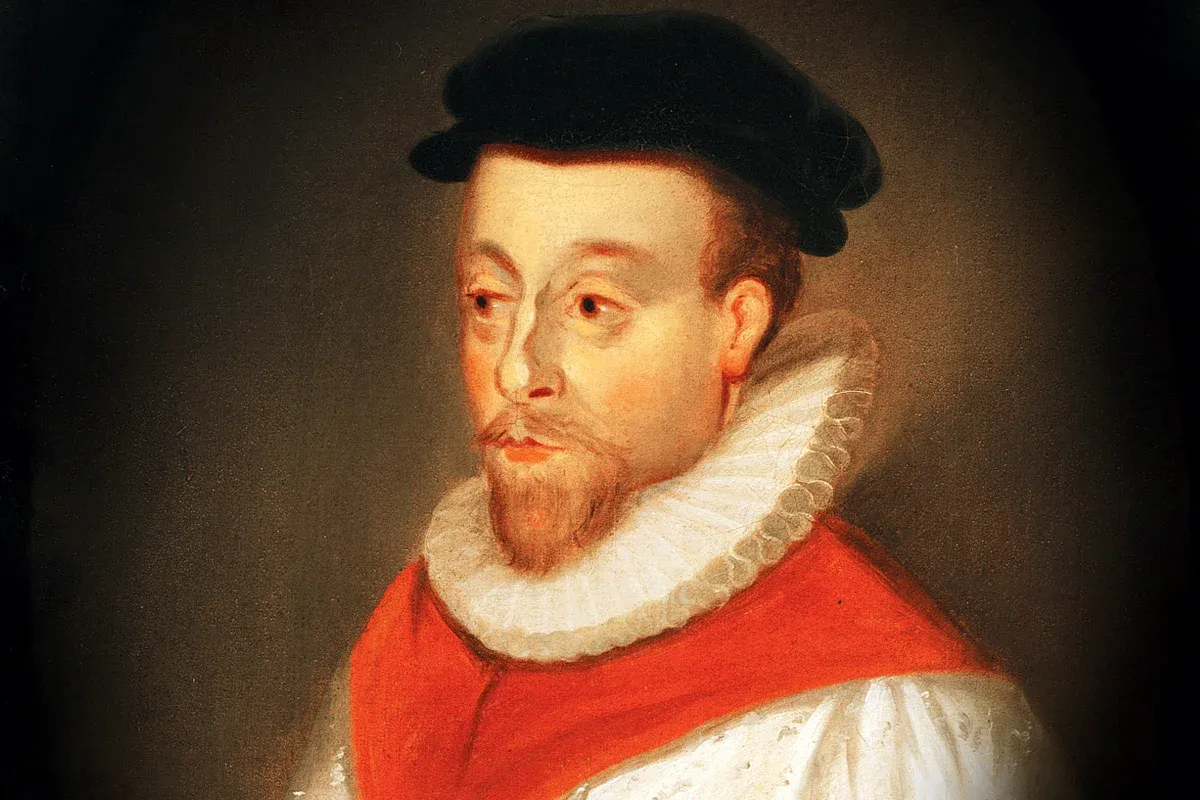
There's something magical about experiencing four centuries of musical heritage vibrating through the bones of a lurking Brighton church, and Wednesday evening's Music Divine: Gibbons 400 at St Paul's, West St proved precisely that—a transcendent journey marking 400 years since Orlando Gibbons' death.
The concert started with palpable buzz from an enthusiastic audience. Under James Elias's sensitive direction, the BREMF Consort of Voices delivered sumptuous performances that captured the essence of Gibbons' unique, harmonically rich music. Their lower registers were flattered by St Paul's austere acoustics and delivering parts of the performance at the back of the church allowed sound to flow naturally across the audience, creating an immersive, meditative atmosphere.
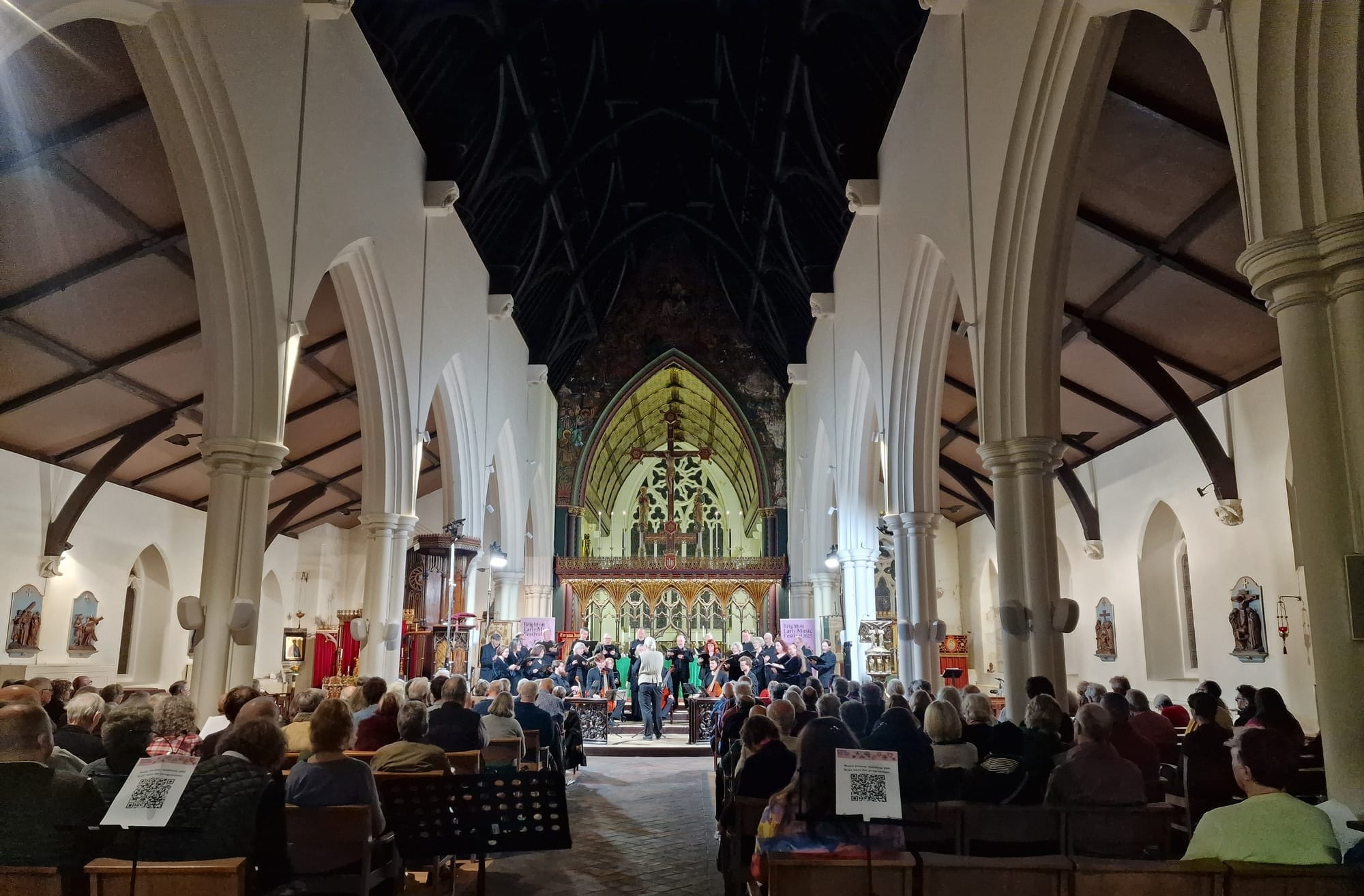
The Cavillum Consort of Viols transported us into another realm. These instruments—which dominated chamber music from the mid-16th through 17th centuries—create shimmering waves of overtones when played with such unified bowing technique and harmonic sensitivity. Gibbons regularly wrote for viols, understanding their capacity for both intricate polyphony and profound emotional expression. Their well-focused sound passed us into a fine place indeed and reflected a commitment to Gibbons' original vision: independent viol parts rather than mere vocal doubling. These layers of texture lift the music and allow it to thrill and connect with an emotional honesty.
My evening's high point was the glorious rendition of O clap your hands together—one of Gibbons' largest and most festive anthems. Full of passion, its eight-voice double choir layout was rendered with vivid precision that was spine-tingling.
Full programme and notes here.
Orlando Gibbons—born in Oxford in 1583, boy chorister at King's College Cambridge, Gentleman of the Chapel Royal by 1603, eventually senior organist there and at Westminster Abbey—left us some 40 anthems, madrigals, and substantial keyboard and consort music. Building upon William Byrd's foundations, Gibbons developed the English madrigal and verse anthem forms with such sophistication that he influenced generations of English composers. He died aged 41. This programme offered convincing evidence of his compositional skill.
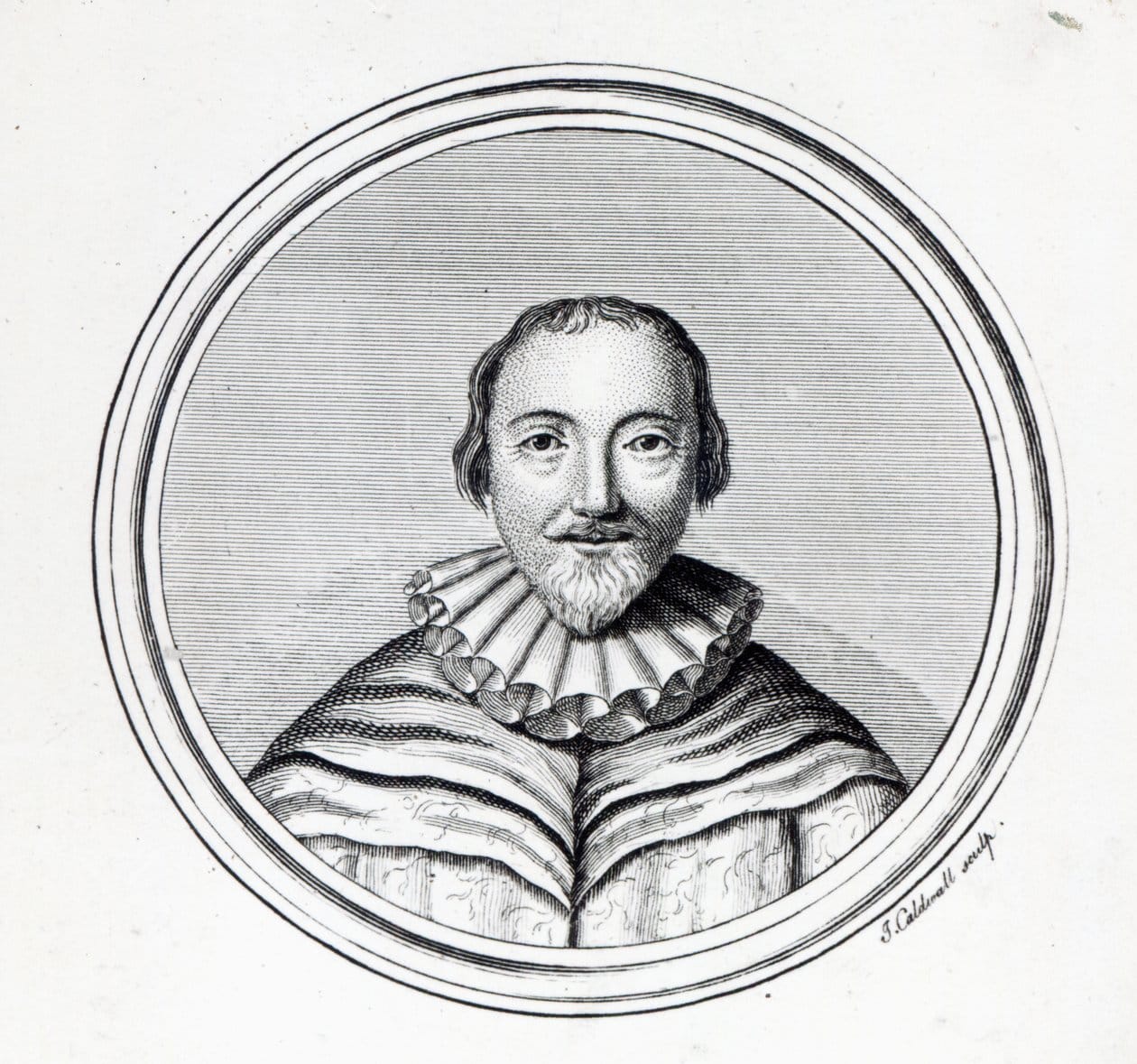
The evening concluded with an exquisite encore—Gibbons' best-known madrigal, "The Silver Swan"—delivered with poignancy that left the audience in silence before enthusiastic applause.
In our current moment, when queer communities navigate complex relationships with religious institutions, there's something quietly radical about gathering in a Brighton church to experience music speaking to universal human longing—for connection, transcendence, beauty. Gibbons' music, free from dogma and full of nuance, reminded us that spiritual expression and artistic excellence need not be mutually exclusive.
This was early music at its finest—scholarly informed, gorgeously performed, and profoundly human.
★★★★★
BREMF continues this weekend. Full details at bremf.org.uk
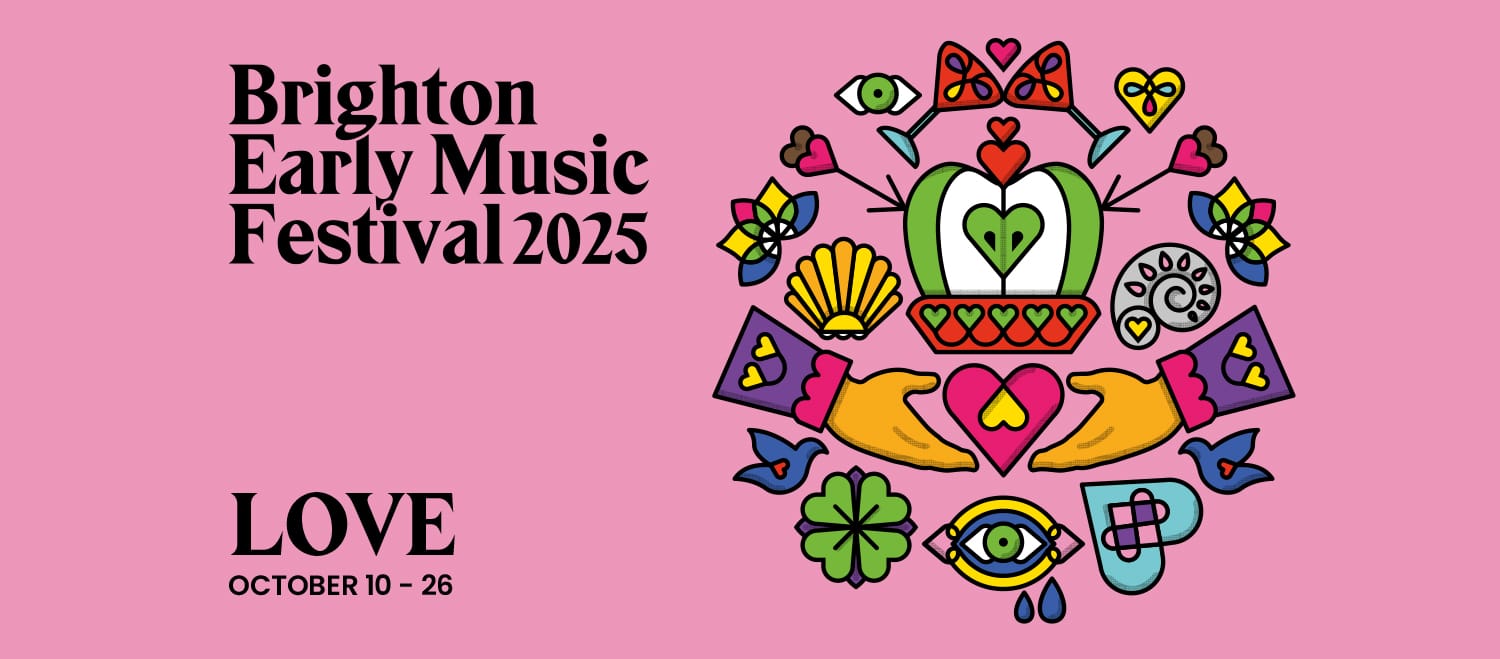



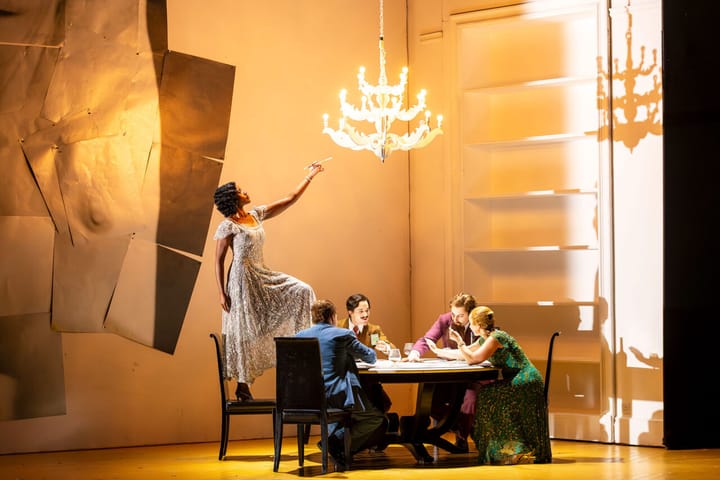
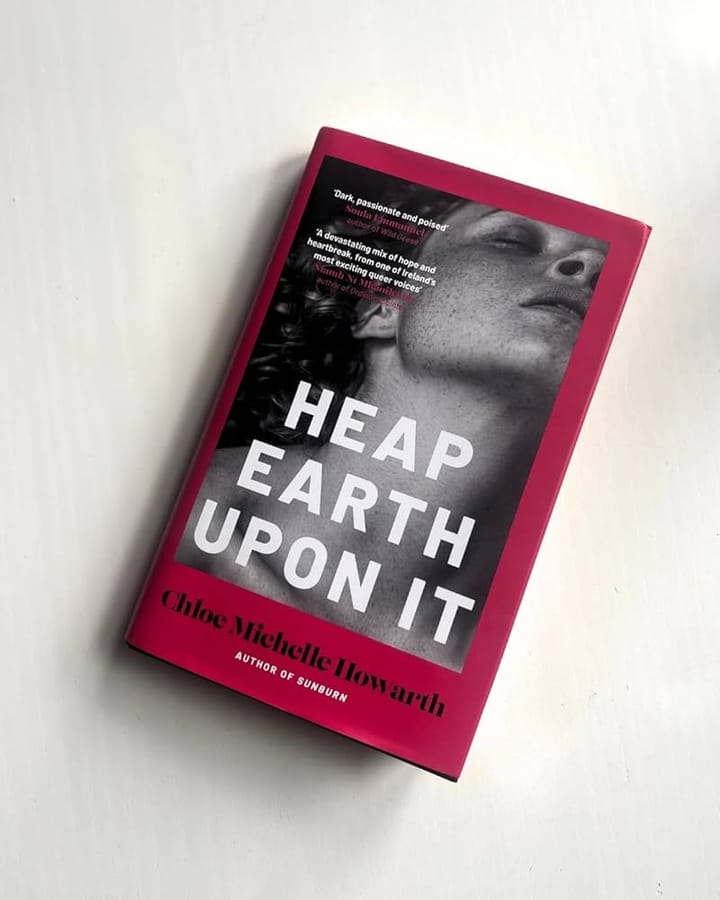
Comments ()